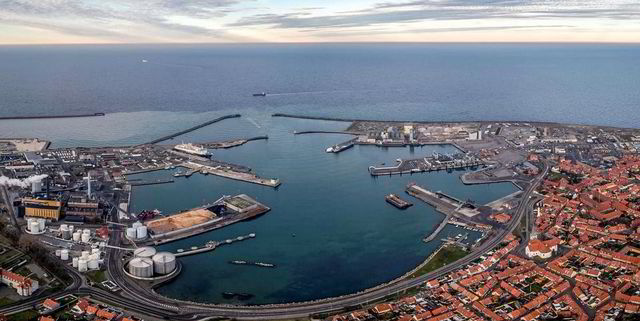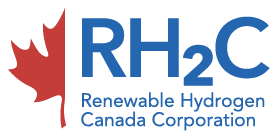The Ammonia Wrap: green bunker fuel hub planned for the Baltic Sea
News this week: future green bunker fuel hub planned for Bornholm, more Haldor Topsoe news, Australia partners up, 23 key players kick-off ammonia maritime fuel study, $100 billion hydro-hydrogen and ammonia in the DR Congo, Egypt planning $4 billion green hydrogen project, AP Ventures leads investment in Amogy, full steam ahead for MS Green Ammonia, new blue ammonia plant in Canada and new engineering contracts signed for key blue ammonia projects.







